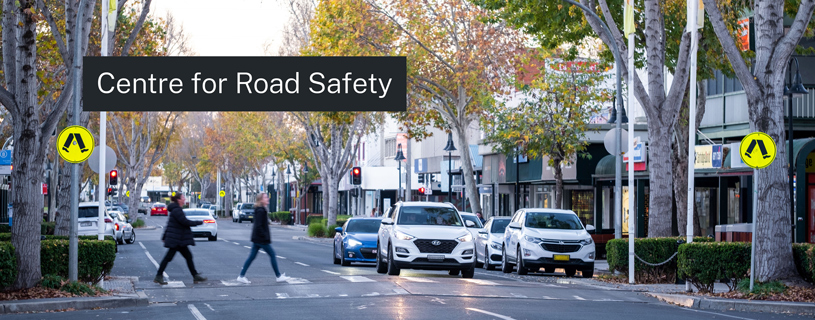Electric Vehicles
Electric Vehicles
As the popularity of electric vehicles (EVs) grows, it’s important that drivers and pedestrians understand their unique safety requirements.
There's greater flexibility when designing EVs, which means they can provide more crumple zone space. Their lower centre of gravity also improves handling and reduces the risk of rollover in crashes.
Find out more about electric vehicles on the Transport for NSW website.
Sharing the road with EVs
One of the main benefits of EVs is their quiet operation in urban environments. However, they’re so quiet that they can pose a risk to vulnerable road users, such as vision impaired pedestrians and bicycle riders.
All road users, including those driving EVs, need to stay alert and aware of what's happening on the road around them.
If you drive an EV, pedestrians may not hear you. Take extra care around pedestrians.
EV safety label requirements
All EVs (including hybrid vehicles) must have a safety label on their front and rear number plates. The labels let emergency services identify EVs and safely handle fires, crash rescues or other incidents.
Penalties, including a defect notice and/or fine, apply if you don’t have the mandatory labels.
Free labels are available from any Service NSW centre or your local mechanic/motor dealer.
Parking and charging
The EV parking symbol means that an area is reserved for electric vehicles, including plug-in hybrid vehicles that are actively charging. If you park in this area, your vehicle must be plugged in and actively charging. This means that hybrids that aren't plug-in models can’t park in these areas.
Find your nearest charging station on the Transport for NSW charging map.
For more information
Find information on how electric vehicles are charged and the different plug types in Australia
Locate your nearest EV charging station


